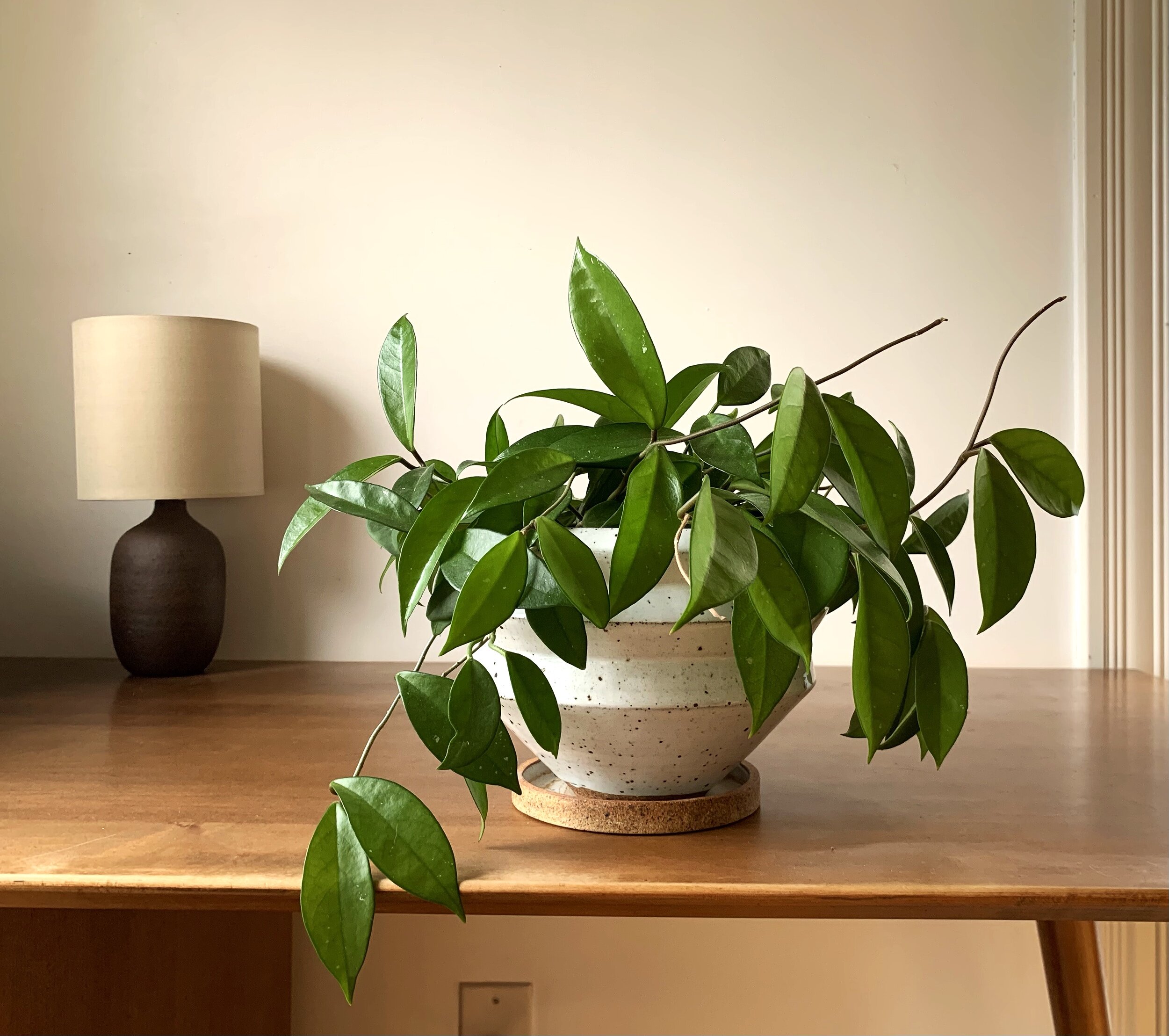Hoya plants, often referred to as Wax Plants, have captured the hearts of plant enthusiasts worldwide. Their unique beauty, low-maintenance nature, and air-purifying qualities make them ideal additions to any indoor space. Let’s delve into the fascinating world of Hoyas, exploring their prices, benefits, aesthetic appeal, care requirements, and indoor planting techniques.
The Price of Beauty
The cost of a Hoya plant can vary depending on several factors, including its species, size, and rarity. Common Hoya varieties, such as Hoya carnosa, are relatively affordable and can be purchased at local nurseries or online retailers. However, rarer species or those with unique variegations may command higher prices.
It’s important to note that the initial investment in a Hoya plant is often minimal compared to the long-term benefits it provides. With proper care, a Hoya can thrive for many years, continuously adding beauty and value to your home.
The Benefits Beyond Beauty
Hoya plants offer a myriad of benefits that extend beyond their aesthetic appeal.
Air Purification
Like many other houseplants, Hoyas contribute to improved air quality by absorbing harmful toxins and releasing oxygen. This can help alleviate respiratory issues and create a healthier indoor environment.
Stress Reduction

Studies have shown that interacting with plants can reduce stress and anxiety. The calming presence of a Hoya plant can create a serene atmosphere and promote mental well-being.
Low Maintenance
One of the most significant advantages of Hoyas is their low-maintenance nature. They are relatively tolerant of neglect and can thrive in a variety of indoor conditions.
A Tapestry of Beauty
Hoya plants are renowned for their stunning foliage and exquisite flowers. Their thick, waxy leaves come in various shapes, sizes, and colors, ranging from deep green to variegated patterns of white, pink, and cream.
Hoya flowers are truly a sight to behold. They are often star-shaped or spherical, with a delicate, porcelain-like texture. The flowers emit a sweet fragrance that can fill a room, attracting pollinators such as moths and butterflies.
Nurturing Your Hoya
Caring for a Hoya plant is relatively straightforward, but there are a few key factors to consider.
Light
:strip_icc()/hoya-wax-plant-6411fa2f-98190a001a84432c88c8020d67bad07c.jpg)
Hoyas prefer bright, indirect light. They can tolerate lower light levels, but this may affect their flowering. Avoid exposing them to direct sunlight, as this can scorch their leaves.
Watering
Hoya plants are succulent, meaning they can store water in their leaves. Overwatering is a common mistake that can lead to root rot. Allow the soil to dry out slightly between waterings.
Temperature and Humidity
Hoyas thrive in warm temperatures between 65°F and 85°F (18°C to 30°C). They also appreciate moderate humidity levels. You can increase humidity by misting the plant regularly or using a humidifier.
Soil
Hoya plants prefer well-draining soil. A mixture of potting soil and perlite or orchid bark can provide optimal drainage.
Fertilizing
Hoya plants are not heavy feeders. You can fertilize them once or twice a year during the growing season with a balanced liquid fertilizer diluted to half strength.
Planting Your Hoya Indoors

Planting a Hoya indoors is a rewarding experience. Here are the steps involved:
1. Choose a Pot: Select a pot that is slightly larger than the root ball of your Hoya plant. Ensure the pot has drainage holes to prevent waterlogging.
2. Prepare the Soil: Fill the pot with a well-draining potting mix. You can use a commercial cactus or succulent mix or create your own by combining potting soil, perlite, and orchid bark.
3. Plant the Hoya: Gently remove the Hoya plant from its nursery pot and place it in the new pot. Fill in the gaps with the prepared soil, ensuring the plant is firmly rooted.
4. Water Thoroughly: Water the newly planted Hoya thoroughly, allowing excess water to drain from the pot.
With proper care and attention, your Hoya plant will thrive and bring beauty to your indoor space for years to come.
